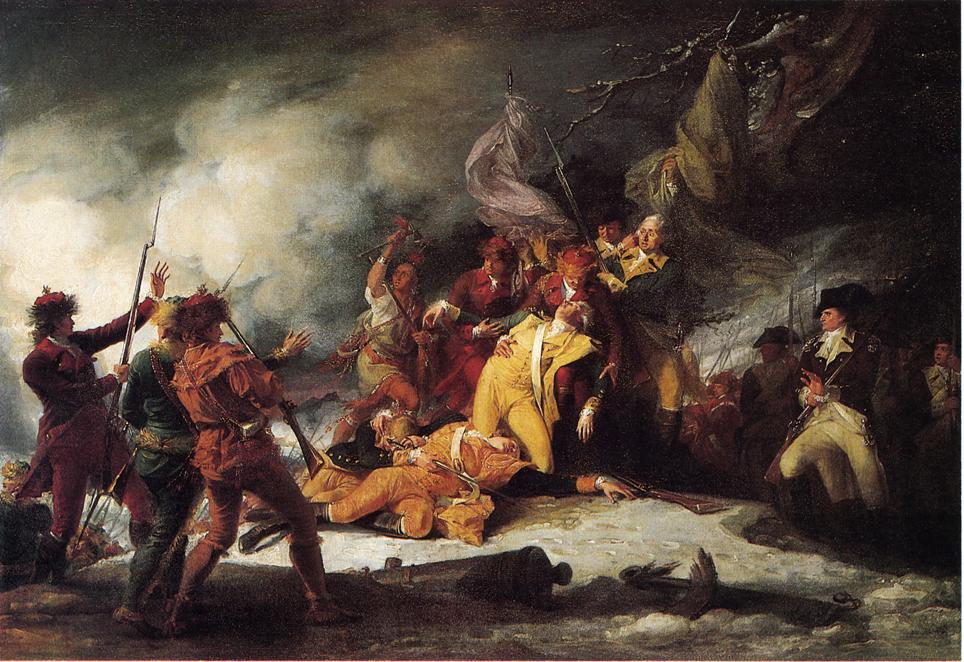We often describe physical characteristics of
Native Americans as tall, lean, straight black hair, dark reddish-brown skin
complexion, that when all combined form a class of their own. As I was
researching, I came across a term I had never heard before—Black Indians.
Automatically, my assumptions were that this type of Indian arose around the
time of slavery, but in fact, interaction between Africans and Native Americans
began even before European settlers brought African slaves to the Americas.
Granted, this group of individuals did not actually multiply until the new
American government began to thrive, forcing the connection between blacks and
indigenous Indians to strengthen.
I vaguely researched the history of Black Indians because I was more curious about learning someone’s story of their personal struggle than a broad spectrum of people. One I came across was Atiatoharongwen (Colonel Louis or Louis Cook), who is one of the
most historically well-known North Americans of black and Indian descendents;
his father a black man and mother a Saint-François Abenaki. During a French and Indian raid on
the Niagara frontier, him and both his parents were captured. It is unknown
what happened to his mother, but his father was made a servant in Montreal,
leaving Atiatoharongwen, who was assumed black, to become the prize of a French
officer, until the Mohawk warriors of Iroquois Confederacy intervened. The
Mohawk people plead for his release and was eventually handed over has one of
their own people, where he ascended his status in politics and became a
warrior, a chief, and a staunch US ally. Below is a depiction of Colonel Louis
Cook raising his tomahawk in John Trumbull’s The Death of General Montgomery in the Attack on Quebec.
If
you want more information on Colonel Louis Cook, I recommend checking out this website that provides a detailed biography.


